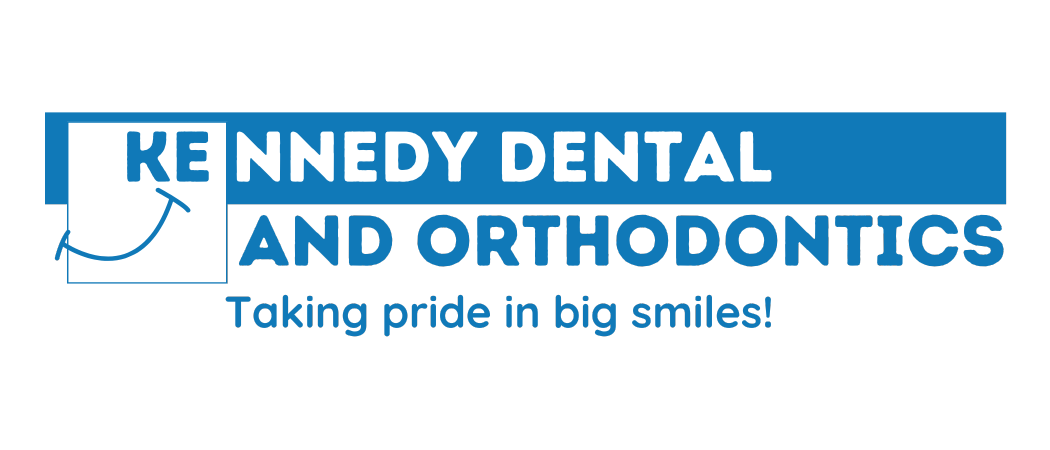Sedation Dentistry
At our practice, we offer sedation dentistry to keep you comfortable during your dental procedures. This is especially beneficial if you experience dental anxiety or require lengthy treatments. Our sedation options include nitrous oxide, oral conscious sedation, and intravenous (IV) sedation. We have the special certifications needed to provide these sedation services, ensuring your safety and comfort throughout your visit.

Image and content reference: https://my.clevelandclinic.org/health/treatments/22275-sedation-dentistry
What is sedation dentistry?
Sedation dentistry helps you feel calm, relaxed, and at ease during dental procedures. This moderate level of sedation keeps you technically awake but very carefree, often referred to as conscious sedation dentistry or “twilight sleep.” It creates a state of short-term amnesia, allowing you to experience insensitivity to pain without losing consciousness.
Who needs sedation dentistry?
Sedation dentistry can benefit people of all ages, including children. Dentists often recommend it for individuals with:
- Dental anxiety
- Fear of visiting the dentist
- Overly sensitive gag reflex
- Fear of needles (aichmophobia)
- Extreme teeth sensitivity
- Claustrophobia in the dental chair
- Decreased sensitivity to local anesthesia
- Difficulty controlling movements
- Special needs (physical, cognitive, or behavioral)
What types of sedation are used in dentistry?
The level of sedation dentistry varies based on your unique needs, such as anxiety level, procedure length, health history, and personal preferences. Common types include nitrous oxide, oral conscious sedation, and intravenous (IV) sedation.
Nitrous Oxide
Known as “laughing gas,” nitrous oxide is inhaled through a mask or nosepiece, with calming effects starting within three to five minutes. Your dentist controls and adjusts the sedation level during your procedure. After treatment, pure oxygen flushes out the nitrous oxide, allowing you to drive home immediately.
Oral Conscious Sedation
Your dentist provides a sedative medication, usually in pill form, about an hour before your procedure. Common medications include triazolam (Halcion®) or others like zaleplon and lorazepam. In pediatric dentistry, liquid sedation such as midazolam oral syrup is often used. Oral sedation can make you groggy and possibly asleep, but you can still communicate if needed. You’ll need a friend or family member to drive you home afterward, as the sedation affects your memory and motor skills.
Intravenous (IV) Sedation
IV sedation is the deepest form of conscious sedation in a dental office. Sedative medications are delivered directly into your bloodstream through an IV line. Your dentist monitors your heart rate, blood pressure, and oxygen levels, adjusting the dosage as needed. Most people fall asleep and have little to no memory of the procedure. This option is ideal for severe dental anxiety or lengthy procedures.
Is general anesthesia ever used in dentistry?
Yes, general anesthesia may be necessary for young children, adults with special needs, or severe dental anxiety. It’s a type of unconscious sedation where you’re completely unconscious during the procedure. Dentists must have advanced, specialized training to provide general anesthesia, often administered by an anesthesiologist.
Procedure Details
What happens before sedation dentistry?
During your initial consultation, your dentist will discuss sedation options, health history, and current medications or supplements. Based on this information, they’ll recommend the appropriate sedation type. Typically, you shouldn’t eat or drink for at least six hours before your appointment. Continue taking routine medications unless advised otherwise. Inform your dentist if you’re on blood thinners like warfarin, as you may need to pause these medications before the procedure.
What happens during sedation dentistry?
Sedative medications are administered before your procedure. You’ll still receive a local anesthetic to numb your teeth and gums, usually after the sedatives take effect.
What happens after sedation dentistry?
If you use nitrous oxide, you can drive yourself home. Otherwise, you’ll need a trusted friend or family member to drive you home and help you rest as the sedatives wear off. Avoid taxis or rideshares; your companion should ensure you’re resting comfortably before leaving you alone.
Risks / Benefits
What are the advantages of sedation dentistry?
Sedation dentistry reduces anxiety and phobias, helping you stay calm and comfortable. It often allows for faster procedures, resulting in fewer appointments. It also helps people with severe dental anxiety receive the necessary care.
What are the risks or complications of sedation dentistry?
While generally safe, sedation dentistry carries some risks, such as:
- Lingering drowsiness
- Unpredictable effects of oral sedation
- Dry mouth (xerostomia)
- Nausea and vomiting
- Headaches
- Bruising from the IV
- Rare allergic reactions
Child sedation dentistry side effects
Side effects for children are usually short-lived and include irritability, snoring, fever, nausea, and vomiting. If your child is slow to wake, the dentist will monitor them until they’re ready to go home. These effects should resolve in a day or two. Contact your dentist with specific concerns.
Can I have sedation dentistry if I’m pregnant?
Sedation dentistry is generally not recommended during pregnancy due to potential effects on fetal development. Nitrous oxide may be used during the second trimester in some cases, but most dentists prefer to wait until after pregnancy.
Recovery and Outlook
What is the recovery time?
Recovery varies based on the type of sedation. Nitrous oxide recovery takes 15 to 30 minutes, allowing you to drive home. Oral and IV sedation usually require about 24 hours for full recovery.
When can I go back to work or school?
After nitrous oxide, you can resume normal activities immediately. With oral or IV sedation, wait at least one full day before returning to work or school, possibly longer depending on your dentist’s advice.
When can I drive?
You can drive immediately after nitrous oxide. For oral or IV sedation, wait 24 hours before driving.
When can I eat?
You can eat and drink right after your appointment, though it’s best to wait until the local anesthesia wears off. Start with light foods like clear liquids and progress to smoothies or milkshakes. You can eat more substantial food after a few hours. Follow your dentist’s postoperative guidelines for specific dietary recommendations. Most people can resume normal eating within a week, though it may take longer if you had extensive work done.
Become More Closer
Please contact us if you have any questions or concerns, or would like to book a free consultation.
- 49 Hillcrest Ave, Suite 102 Brampton, ON L6W 4V4
- frontdesk@kjdental.ca
- +1(905) 453 2440
Become The Next Our Happy Client
At Kennedy Dental & Orthodontics, we’re always happy to hear from you. Please contact us if you have any questions or concerns, or would like to book a free consultation.





